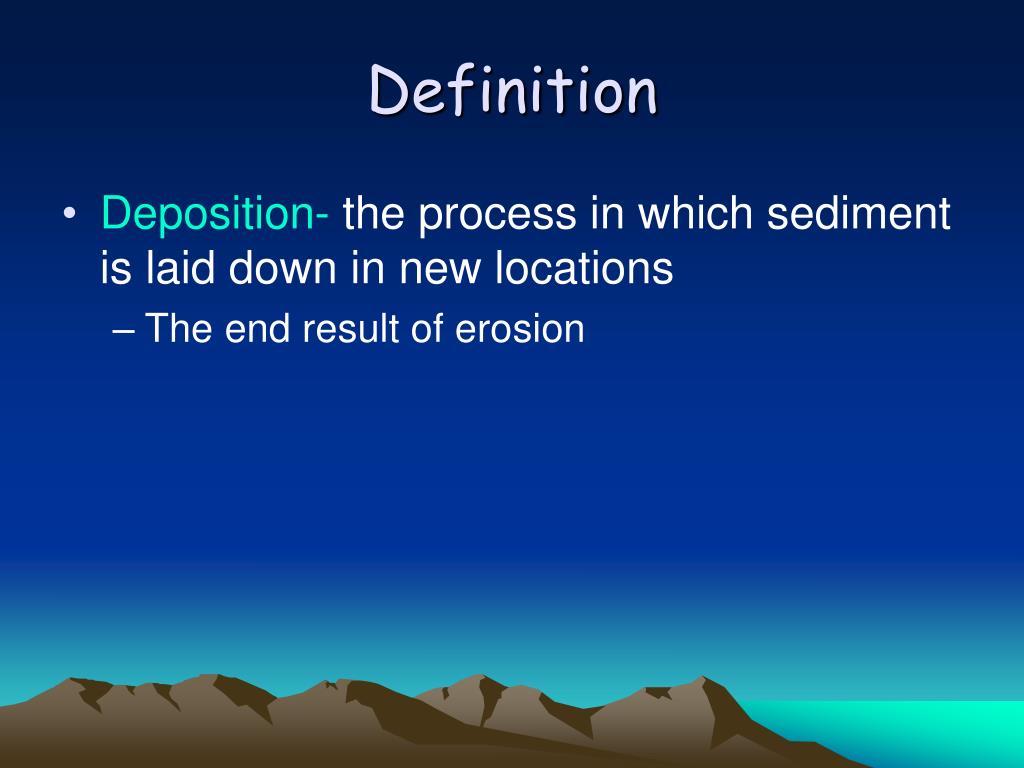
In this chart (called Punnett Square), it shows how a particular phenotype of an offspring depends on the inherited alleles from the parents. In Gene theory, the gene is the fundamental unit of heredity. Recommended: BLASTing through the kingdom of life – a guide for teachers, from. Biology studies their structure, function, distribution, evolution, and taxonomy. The major groups of living things are animals, plants, fungi, protists, bacteria, and archaea.

A living matter would also be one that is capable of reacting to stimuli, adapt to its environment, reproduce, and grow. They are also regulated through homeostatic mechanisms. anabolic and catabolic reactions, in order to sustain life.
/atom-57e1bb583df78c9cce33a106.jpg)
For instance, a living thing would be one that is comprised of a cell or a group of cells.Įach of these cells can carry out processes, e.g. (Ref.1) In contrast to inanimate objects, a living matter is one that demonstrates life. It is concerned with all that has life and living. nucleus, mitochondrion, endoplasmic reticulum, and Golgi apparatus) and many other cytoplasmic structures.Ī basic biology definition would be is that it is the study of living organisms. These are just a few of the many biology examples wherein its fundamental tenets are integrated into other scientific fields.Ī typical cell of an animal. Medical biology or biomedicine is another major integration where medicine makes use of biological principles in clinical settings. Mathematics and biology have also gone hand in hand to come up with theoretical models to elucidate biological processes using mathematical techniques and tools. Biophysics is another interdisciplinary field that applies approaches in physics to understand biological phenomena.

nucleic acids, proteins, carbohydrates, and lipids), studying biomolecular structures and functions.

It deals primarily with the diverse biomolecules (e.g. Biochemistry, for instance, is biology and chemistry combined. It encompasses various fields in science, such as chemistry, physics, mathematics, and medicine. inside a laboratory or in the wild.īiology is a wide-ranging field. Thus, biological research settings vary, e.g. Some of the common objectives of their research include understanding the life processes, determining biological processes and mechanisms, and how these findings can be used in medicine and industry.


 0 kommentar(er)
0 kommentar(er)
